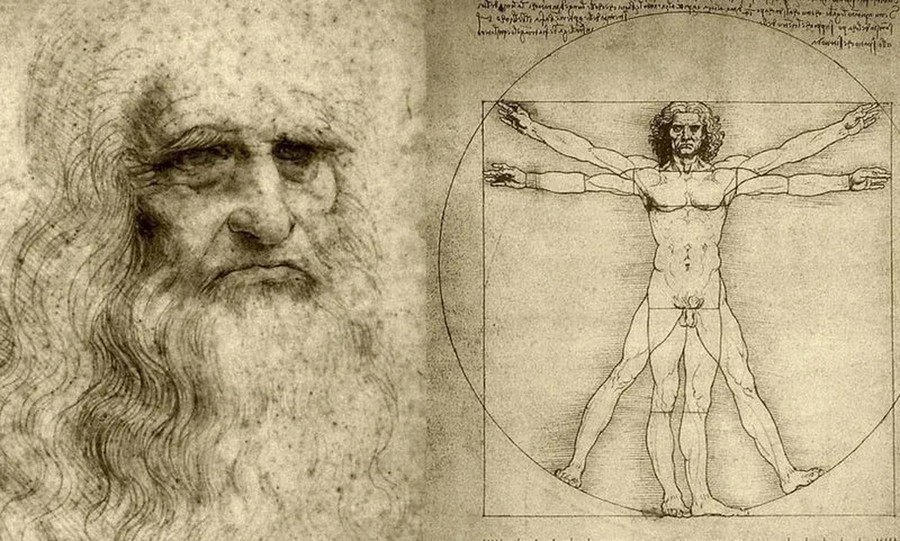A piece of the Stonehenge legend has been revealed underwater off the coast of Israel, and this information may help to explain the long-standing enigma. A circle of rocks that matches the Wiltshire building uncannily was discovered by a diver.
The phenomenon was explored in documentary 'Stonehenge-like Structures Have Been Found All Over the World' (Image: Smithsonian Channel' WS)
New information that might help to explain the long-standing Stonehenge riddle has been disclosed by the discovery of a construction close to Israel.
The stone circle sites from the Late Neolithic and Early Bronze Age draw tens of thousands of tourists to the UK each year. In Britain alone, there are more than 1,000 examples of stone circles, with 508 of them located in Scotland. These 4,000+ year old buildings may also be found all over the world, though. While many of them, like Stonehenge, continue to be a mystery to scientists, a discovery made off the coast of Israel may provide the final piece of the puzzle needed to explain the puzzling arrangement of boulders on the Salisbury plain.
A stone circle off the coast of Atlit, Israel may help explain Stonehenge ( Image: Smithsonian Channel' WS)
The Smithsonian Channel's brief documentary, "Stonehenge-like Structures Have Been Found All Over the World," which focused on the discovery, which was made close to the tiny Israeli town of Atlit, analyzed the find. Ehud Galili, a maritime archaeologist, conducted a routine dive in 1984 around 400 meters offshore to look for ships that had been discovered by shifting sands during a severe storm. He discovered an ancient sunken town on the journey.
"Usually we find remnants from shipwrecks like anchors, metal, nails, all kinds of artefacts. But while we were diving here we found a wall," he said. Within a few days, further foundations were discovered close by. The wall had once been a portion of a house. Galili noted that his team discovered about 15 family houses in addition to the skeletons of the people who formerly called the location home.
Stonehenge, the Neolithic and Bronze Age monument is in Wiltshire ( Image: Getty Images)
"We estimated that the population was between 70 to 150 people at one time," he added. "We found walls, dwellings, structures in situ as they were left. Little by little, we came to realise that it is a huge site, 40,000 square metres." One of the first human settlements on Earth, the site was over 9,000 years old according to radiocarbon analysis. A fascinating stone circle building in almost pristine condition was located in the middle of the abandoned settlement.
What connection does this, though, have to Stonehenge? According to academics, it provides a special perspective into why the stone circle structure was created in the first place. One of the earliest settlements in the world, the stones that made up the construction had cup markings etched into them. The stone circle may have been utilized for a ritual involving water since researchers think they formerly served as cup holders.
The Stonehenge, the Neolithic and Bronze Age monument is in Wiltshire ( Image: Smithsonian Channel' WS)
In another installation, three oval stones with grooves etched into them to represent anthropomorphic figures—possibly miniature gods—were discovered among the stones. "When you're looking at Stonehenge you're seeing a culmination of the labour of people, extraordinary use of resources, and an astonishingly complex, perfectly executed idea," said Mary-Ann Ochota, an anthropologist and archaeologist.
"Every time we find a new stone monument, it gives us another piece of evidence on that detective hunt to try and work out ‘what were the ancestors thinking?; why did they build this? And what did it all mean?’", she continued.










